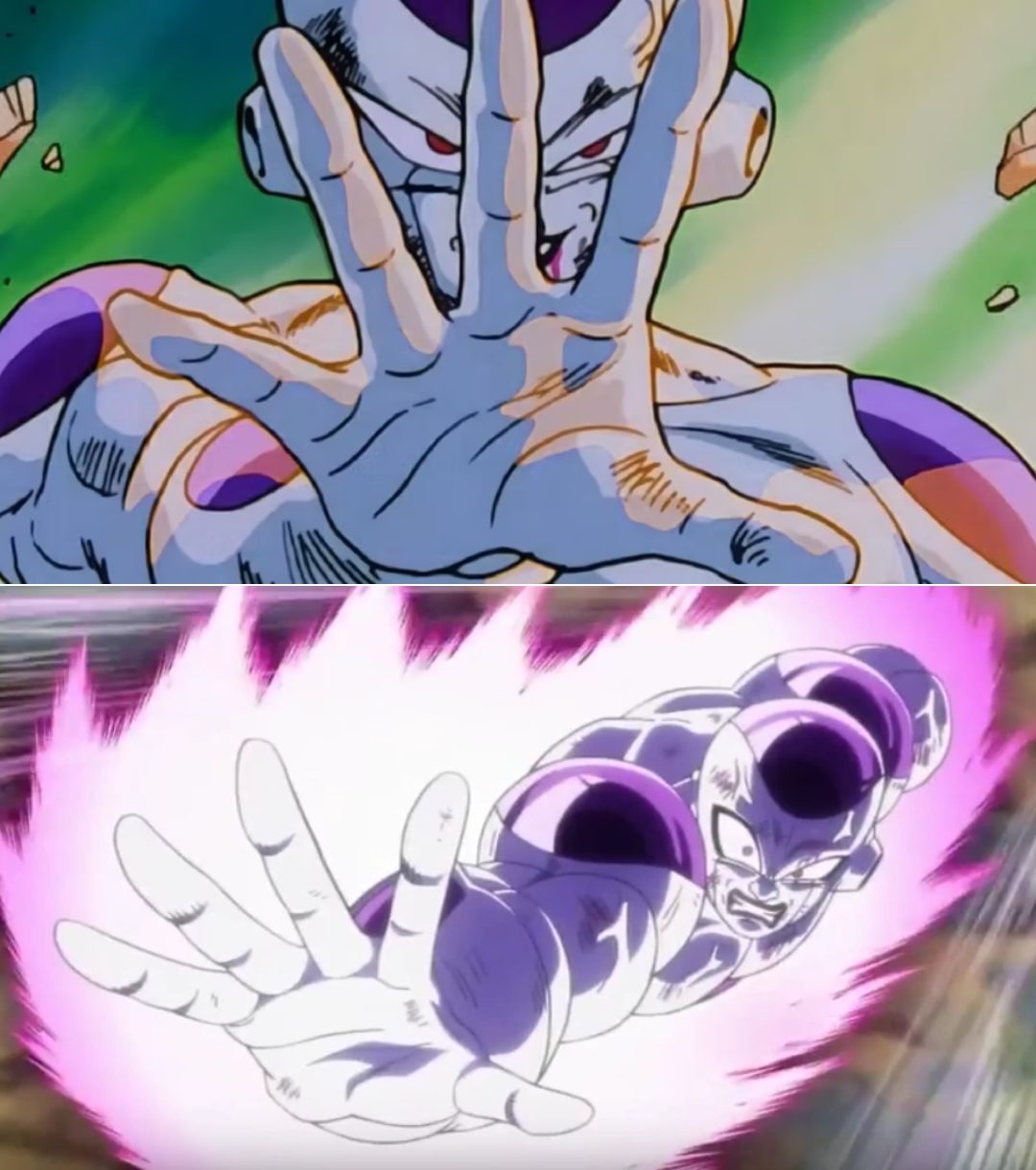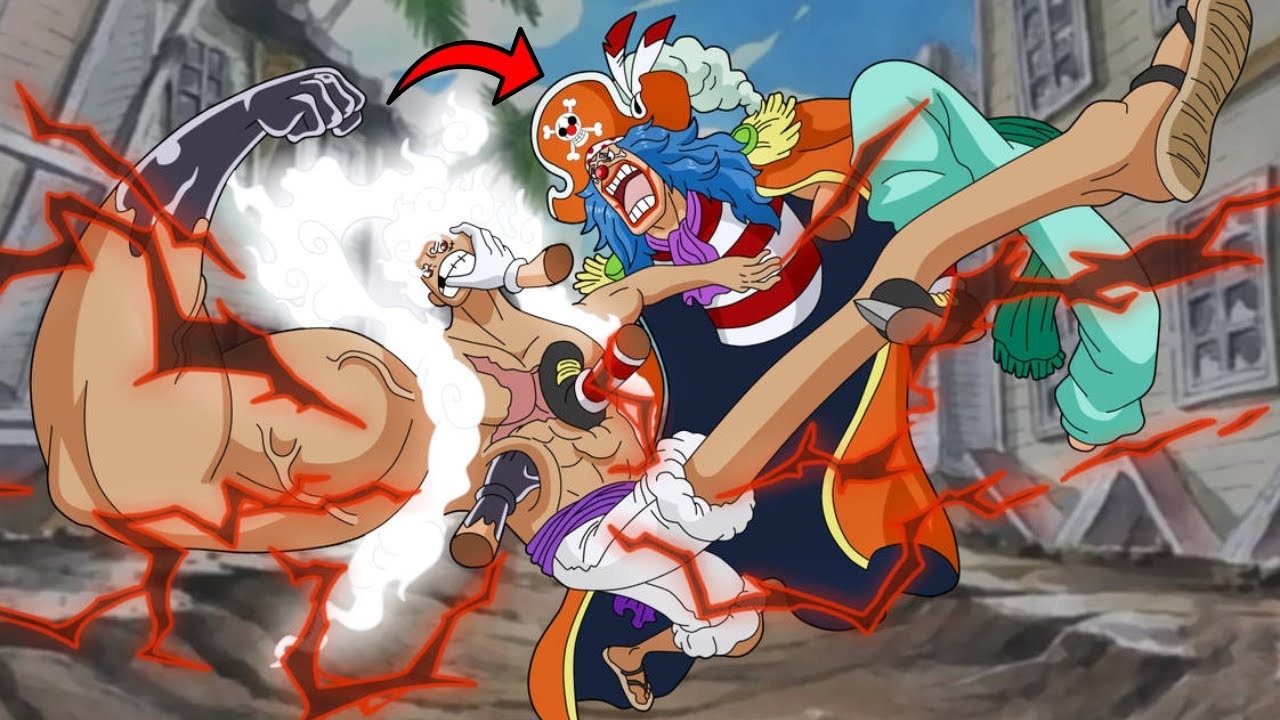One Piece: Why Luffy Never Uses Internal Dialogue to Express Himself
One Piece‘s protagonist, Monkey D Luffy, can be described as many things: a romantically dense ahodere, an archetypal shōnen action star, a natural-born leader, and certainly an extrovert who’s always open with his emotions and intentions. Luffy is an outgoing and expressive hero, and in One Piece‘s manga, that fact is even clearer with the dialogue.
Unlike anime, manga makes heavy use of internal dialogue when a character thinks to themselves.One Piece characters like the smart kuudere Nico Robin and the calculating Nami make good use of it, but Luffy has practically no internal dialogue at all, and that’s no accident. Luffy feels the need to always clearly state what he is thinking, and in many action sequences, Luffy doesn’t take the time to think to himself or even think out loud. He just acts, and then he lets the chips fall where they may.
Why a Manga Character Like Luffy Says Everything Out Loud
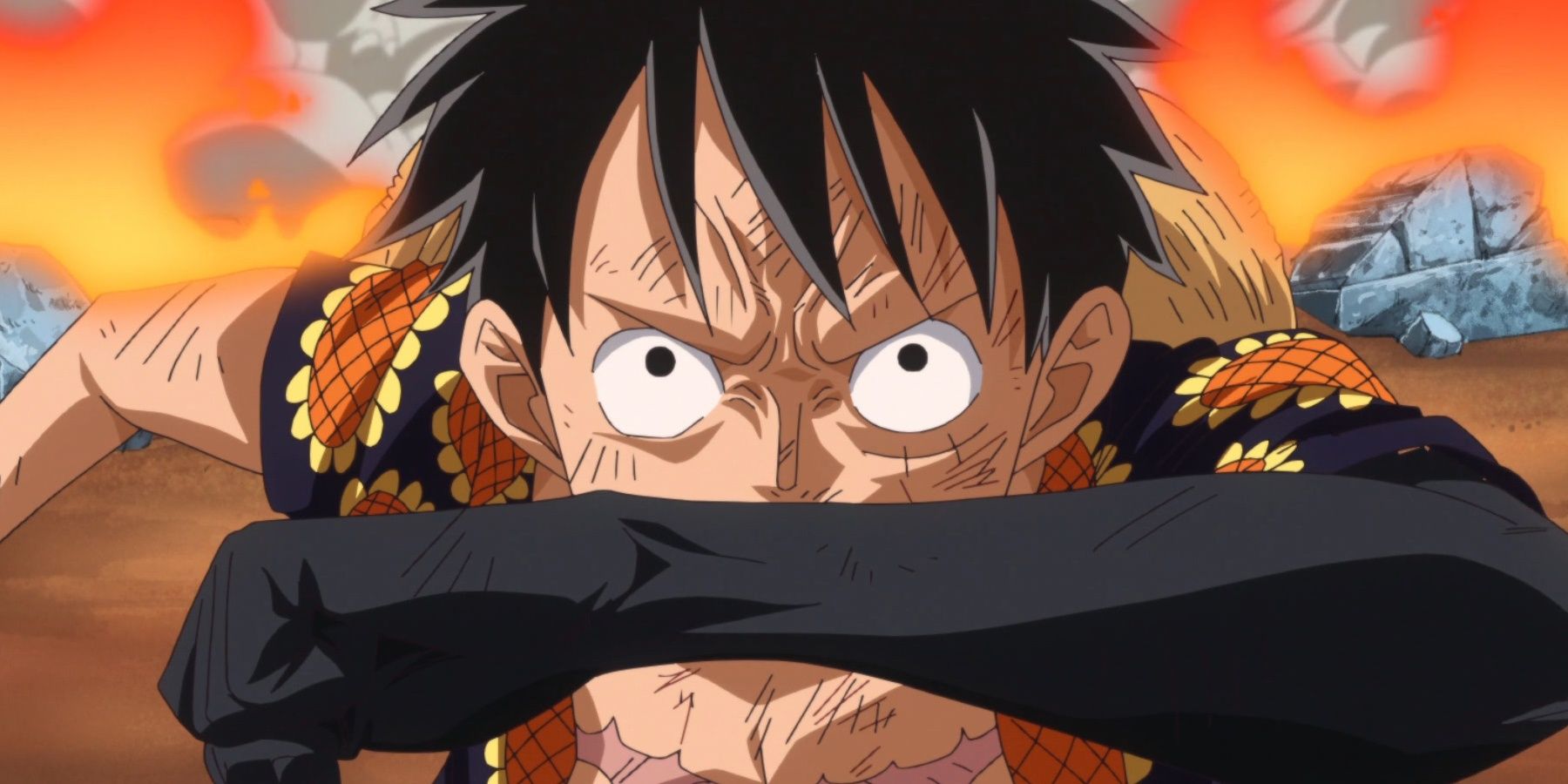
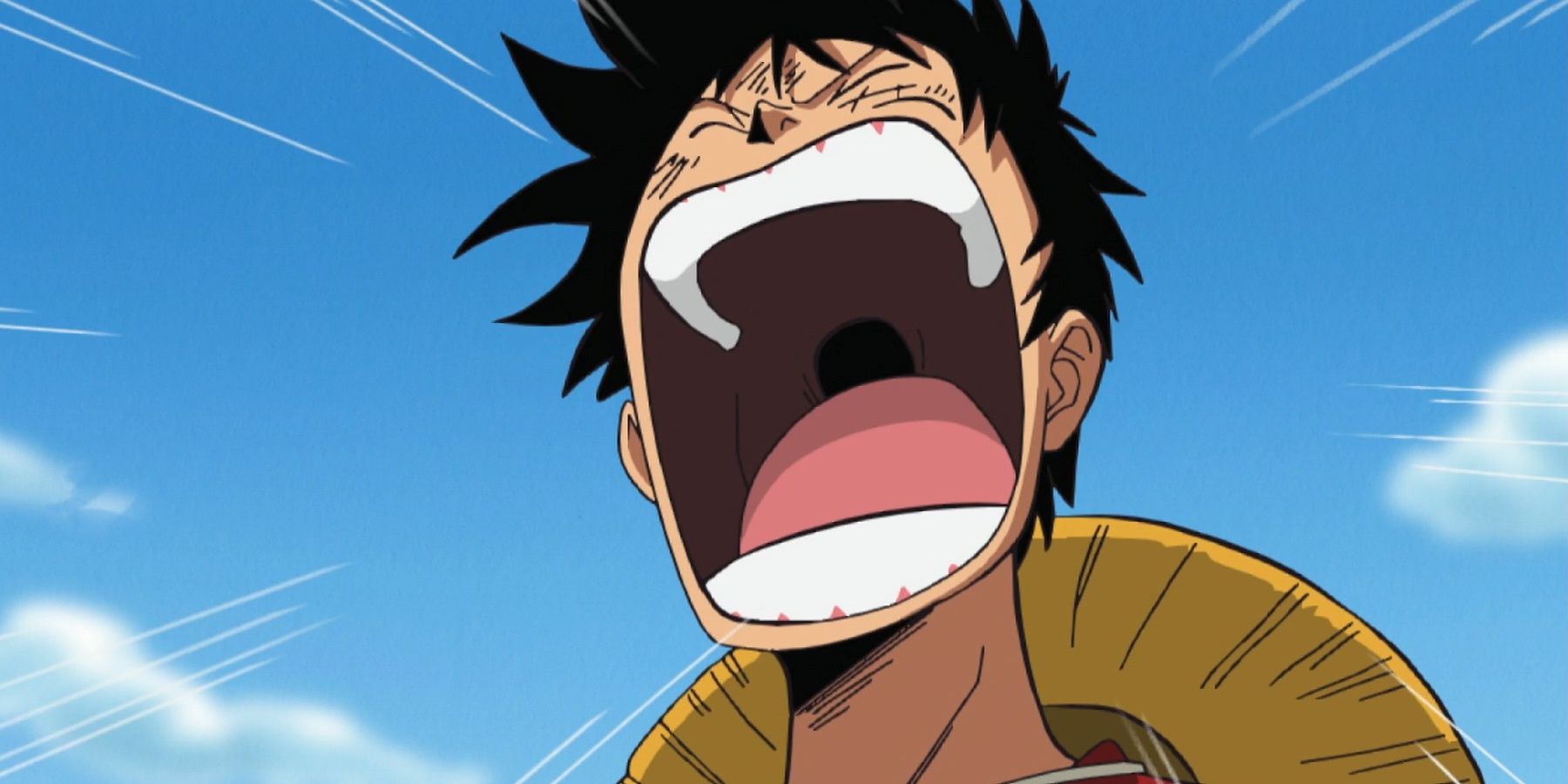
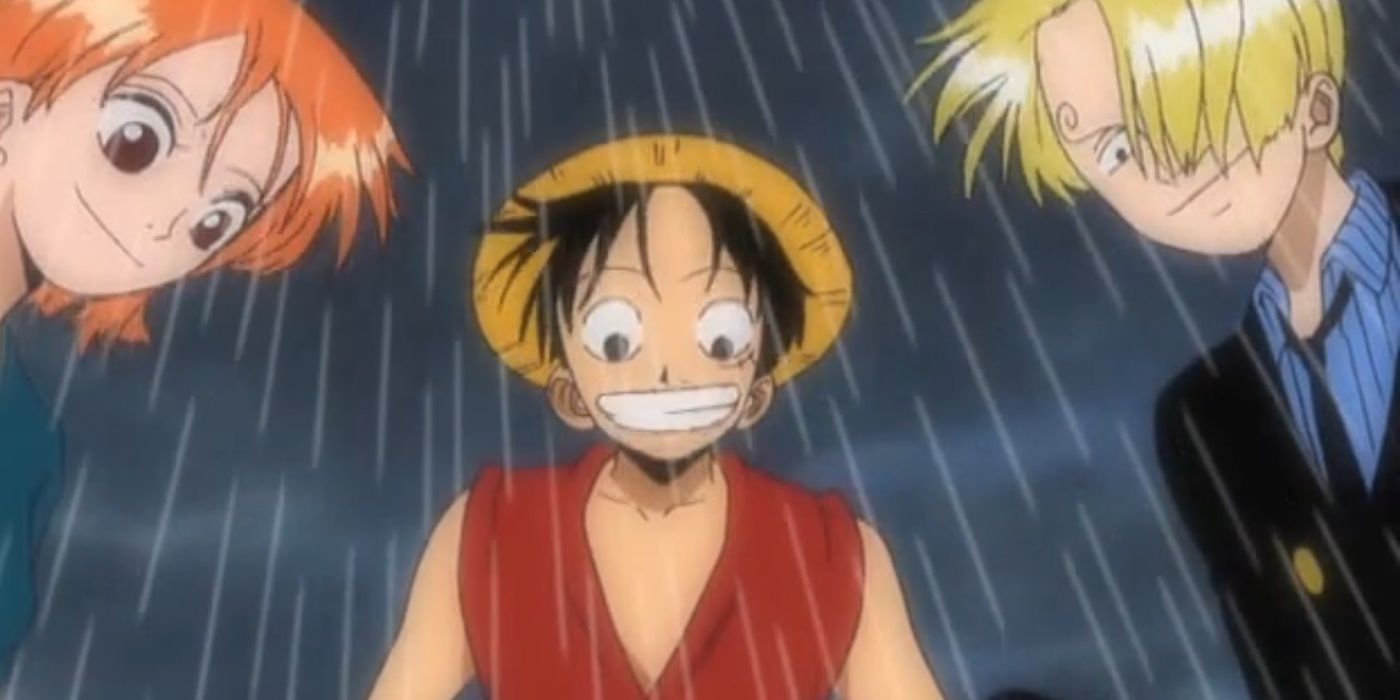
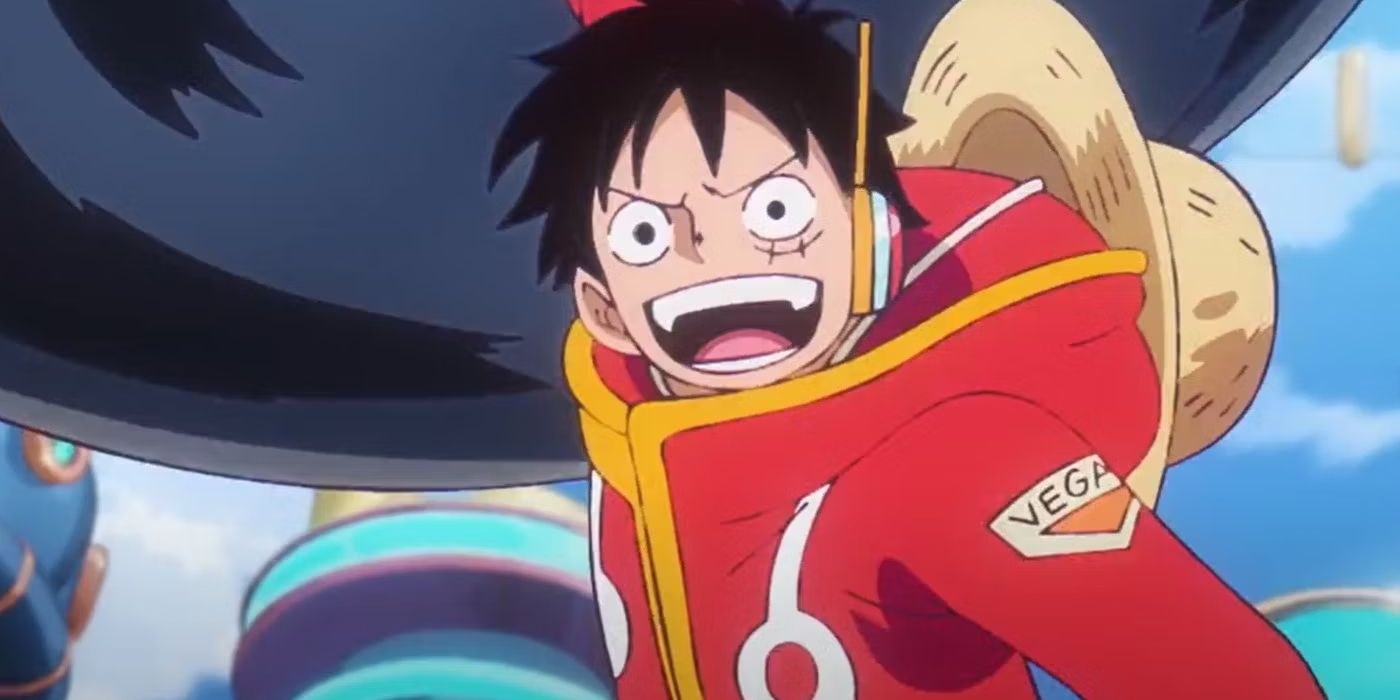
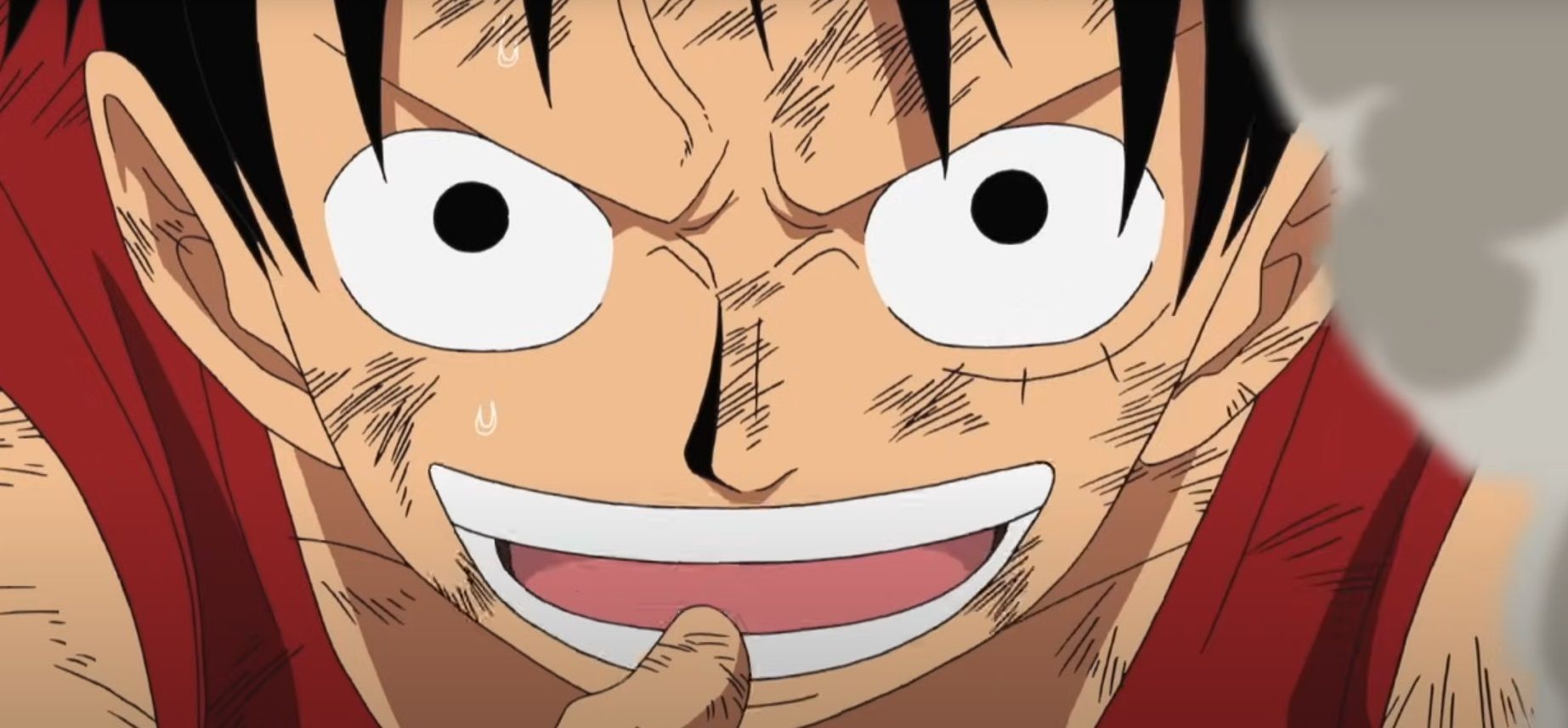
One Piece manga fans no doubt realized after a point that Luffy is seen doing very little thinking to himself. Of course, even an impulsive himbo like Luffy isn’t truly empty-headed; he must still take time to think and make a few decisions. One example was his decision to change the meeting time at the Sabaody archipelago from three days to two years, leading to One Piece‘s main time skip. There was also that time he did some introspection and reminded himself that even after Ace’s death at Marineford, he still had his crew. However, aside from off-screen exceptions like that, Luffy is nearly always shown speaking his thoughts out loud, to the point where he’s a comical blabbermouth.
Luffy is the one who blurts out almost anything out of excitement, anger, or fear, such as when he said, “Oh. You mean my dad?” after Ivankov mentioned Monkey D Dragon in the mega-prison Impel Down. Someone like Nami, Robin, or Zoro would stay quiet and only react mentally to this, but not Luffy. Luffy is also known to speak his mind on slightly rude topics, such as commenting negatively on someone’s appearance and thus committing a social faux pas. Luffy can’t just think these things — he feels the need to project them, with mixed results. This works well when Luffy delivers a pep talk, such as when he told Nefeltari Vivi about the harsh reality of war, but it can also alienate people. Luffy normally has strong charisma as a pirate captain bearing the Will of D., using his strong words and leading by example to inspire others, but it doesn’t always work out so well.
In addition, Luffy’s constant use of external dialogue and his strong body language and action scenes make him a clear extrovert, even by shōnen standards. Luffy has practically nothing to hide and lives in the moment as a grounded and proactive hero, so he has little reason to stop and think things through. He is best described as a people-oriented and whimsical person who focuses on the world around him and cares about the needs of others. Luffy is all about his surroundings and their possibilities, and he likes connecting to people as a charismatic extrovert, which is reflected in his dialogue style. If Luffy likes or dislikes someone, he immediately makes that clear and may even fight someone over it.
Luffy’s Expressive, Practical Personality Suits the ESTP Archetype
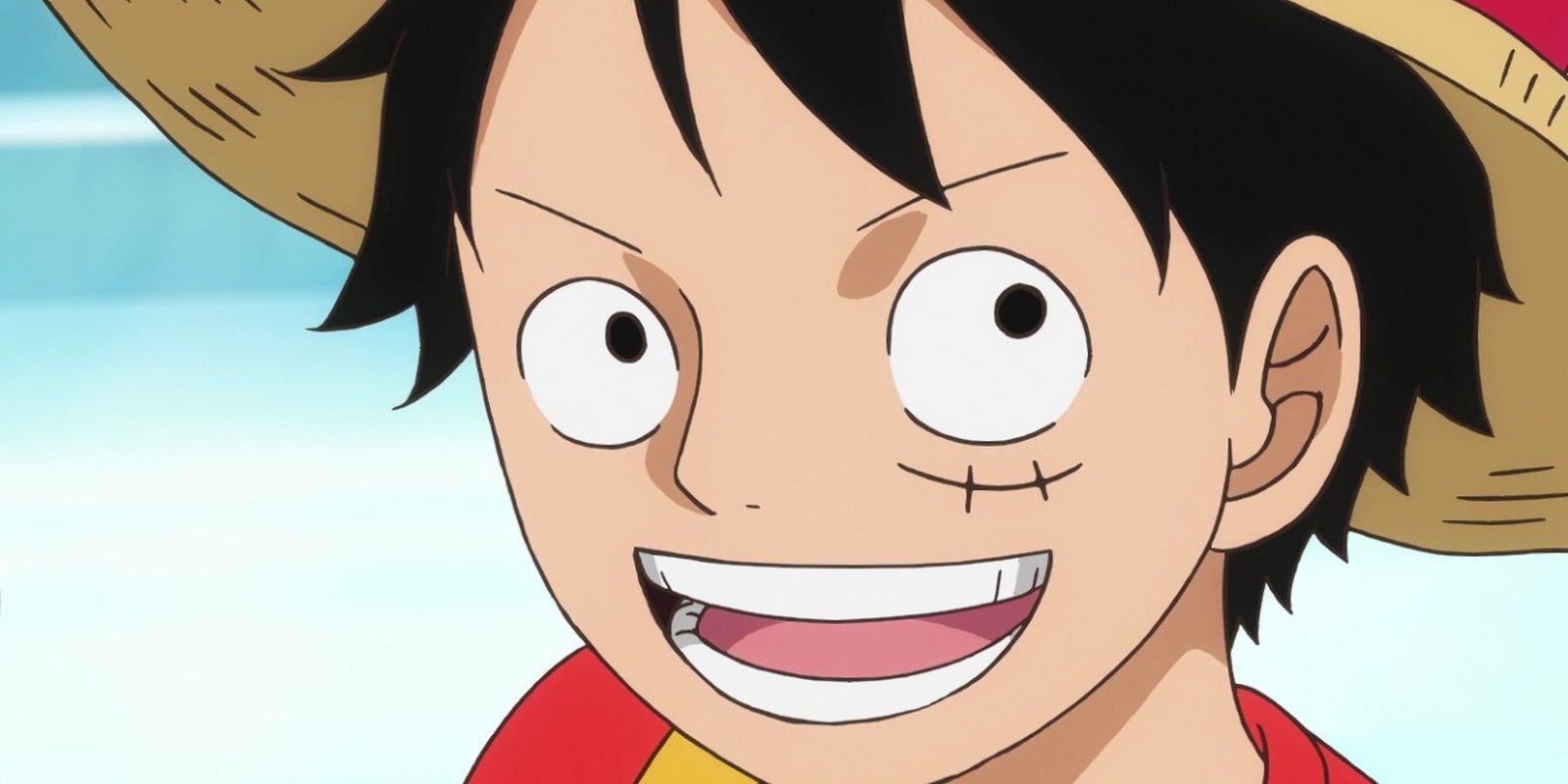
It’s often fun to assess an anime character’s personality according to their MBTI type, which can reveal a lot about them. Granted, the 16 personalities are just basic archetypes, and there are countless nuances to consider as well, so those archetypes are just a starting point. That said, anime fans may understand Luffy’s thought process and communication style better with reference to his own MBTI type, which is ESTP, or the Entrepreneur. Such people are extroverted, sensing, thinking, and perceiving.
All that adds up to a bold, proactive, and practical person who takes life as it comes, one activity or one adventure at a time. In many ways, One Piece‘s hero expresses his ESTP side, from his impulsive daring on island adventures to his attitude that it’s about the journey, not the destination. As a true ESTP, Luffy doesn’t give the future much thought, aside from his quest to find the fabled One Piece treasure, and as for communication, Luffy is notoriously blunt and straightforward. ESTPs are not born bullies, nor are they always dense, but this personality type is still known for its insensitive side, since it cares more about details, ideas, and projects rather than humanistic ideals or lofty concepts. That’s part of the S in ESTP — sensing the world around them rather than using intuition, or N, to think about what could be.
Any ESTP is perfectly capable of inner dialogue, thinking things over, and coming up with new ideas, and plenty of anime ESTPs have been known to do that, from Denji in Chainsaw Man to Joseph Joestar, the latter of whom is quite clever in battle with his resourceful ideas. Still, anime ESTPs tend to express themselves outwardly rather than think about things and let their actions and plans do all the talking. ESTPs always speak their mind and are clear and pragmatic in their dialogue, with Luffy being a stellar and slightly extreme example. He has little internal dialogue in One Piece‘s manga because an expressive, detail-oriented person like him can’t be bothered to explore an inner world of new ideas and possibilities. Luffy works with what he’s got, and as an extrovert, he is always happy to express it to others, whether they want to hear it or not.
Of course, that isn’t to say Luffy literally never thinks to himself; everyone thinks about something. Implicitly, Luffy has thought over a few things, such as his decision to wait two years before reuniting the Straw Hats. Still, anything fans need to know about Luffy’s thought process will quickly be made apparent through both his spoken dialogue and his actions, since he can never keep anything to himself. That plays into how direct and sociable ESTPs tend to be, openly sharing their new ideas with others so they can accomplish something as a team — or perhaps just boast about their projects and impress everyone. For Luffy, though, it’s more the former, since he believes in the power of nakama, or the power of friendship among crewmates.
What Sets Luffy Apart From Other Mentally Closed-Off Manga Characters
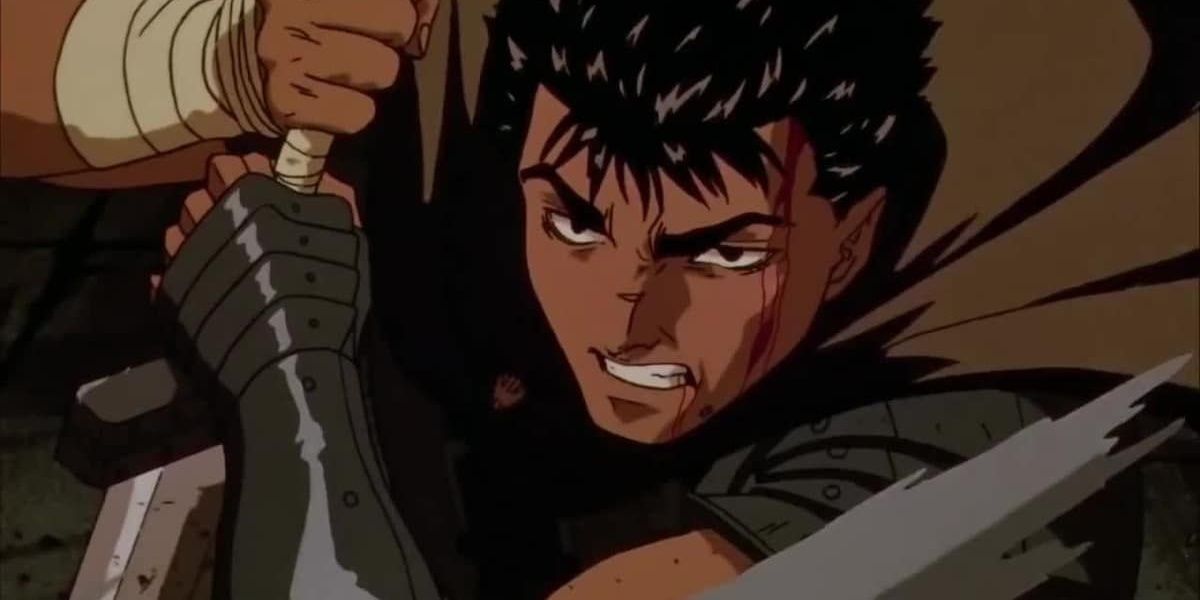
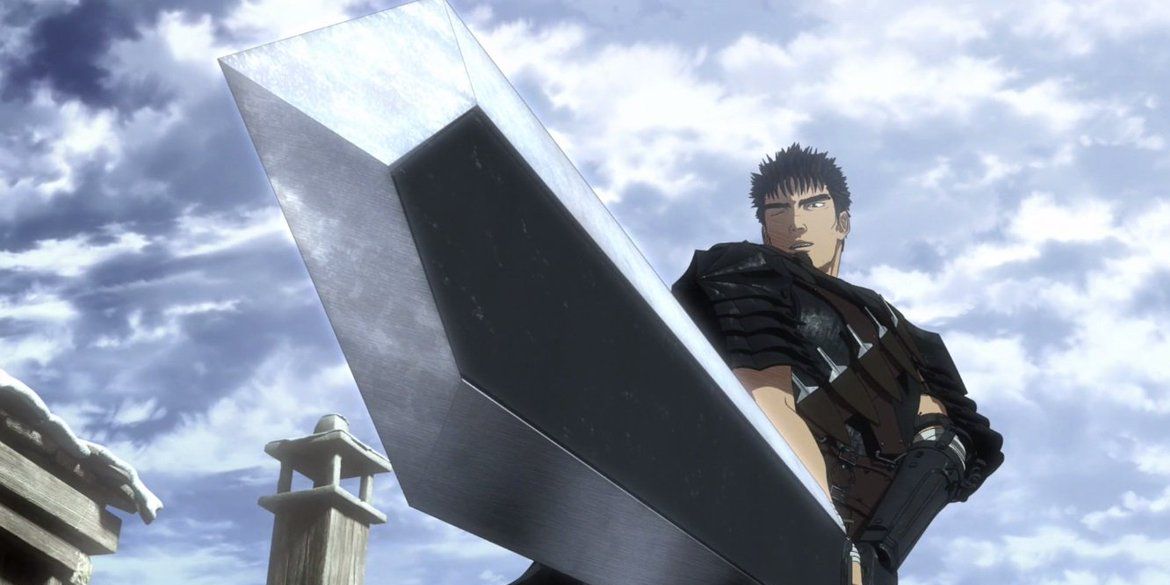


Interestingly, the world of manga has other protagonists who have relatively little internal dialogue, but for different reasons than One Piece‘s Luffy. In most written works such as manga and novels, it’s usually the main character who has internal dialogue, as they dominate the point of view and can’t know what other people are thinking. Potentially, a manga protagonist can have a lot of internal dialogue so they can communicate their worldview, emotions, intentions, and personality to the viewer, all without the clunkiness of on-the-nose external dialogue. Still, certain manga protagonists have minimal internal dialogue, like Monkey D Luffy — just for different reasons.
Luffy minimizes his internal dialogue because he is impulsive and grounded, and he feels no need to plan for the future or calculate things. He is also very people-oriented and would much rather tell someone what he feels than just think about it. By contrast, some seinen heroes like Berserk‘s Guts and Vinland Saga‘s Thorfinn Karlsefni also have relatively sparse internal dialogue, but to a completely different effect. At different points in their stories, Guts and Thorfinn were both presented as bitter loners who hated the world, and they had little internal dialogue. This helped make Guts and Thorfinn more mysterious and sullen as standoffish antiheroes, treating the audience the same way they treat the people around them — with cold, unreadable silence.
Guts is totally absorbed by his own problems and burdens, from seeking revenge on Griffith to fighting monsters day and night, and he’s not too chatty about it with either the people around him or the audience. That almost makes Guts introverted on a meta level, and for a time, the same was true with Thorfinn. Like Luffy, Guts and Thorfinn expressed themselves through their actions and lived in the moment, so they had few inner musings to share via internal dialogue. However, unlike Luffy, Guts and Thorfinn did this because they were suffering and unwilling to open up to others. In this way, a basic literary technique can be used in wildly different ways, demonstrating the true storytelling potential of manga.




